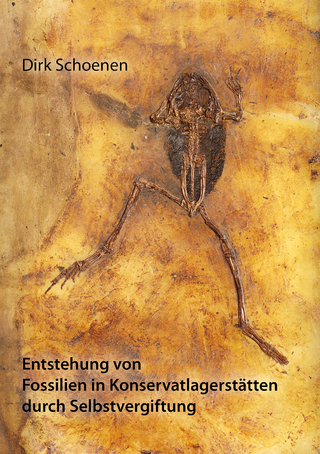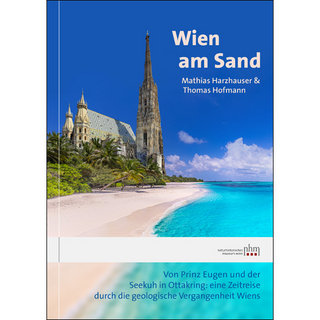
Light is a Messenger
Oxford University Press (Verlag)
978-0-19-852921-7 (ISBN)
"Light is a Messenger" is the first biography of William Lawrence Bragg, who was only 25 when he won the 1915 Nobel Prize in Physics - the youngest person ever to win a Nobel Prize. It describes how Bragg discovered the use of X-rays to determine the arrangement of atoms in crystals and his pivotal role in developing this technique to the point that structures of the most complex molecules known to Man - the proteins and nucleic acids - could be solved. Although Bragg's Nobel Prize was for physics, his research profoundly affected chemistry and the new field of molecular biology, of which he became a founding figure. This book explains how these revolutionary scientific events occurred while Bragg struggled to emerge from the shadow of his father, Sir William Bragg, and amidst a career-long rivalry with the brilliant American chemist, Linus Pauling.
Dr Graeme Kenneth Hunter, School of Dentistry, University of Western Ontario, London, Ontario, N6A 5C1, Canada, Tel. no: 519 661 2185, Fax no: 519 850 2459, E-mail address: Graeme.hunter@fmd.uwo.ca Graduated from the University of Glasgow with first class honours in Biochemistry in 1976, and completed Ph.D. in Biochemistry there four years later. Post-doctoral research at Stanford University, the University of Toronto and Mount Sinai Hospital, Toronto. Appointed Assistant Professor in the Department of Oral Biology at the University of Alberta in 1988. In 1991, took up the position of Associate Professor in the Faculty of Dentistry at the University of Western Ontario, promoted to Professor in 2000. Since 1996, has acted as Assistant Director for Research in the School of Dentistry. Research interests are biomineralization and the history and philosophy of science.
0. Introduction ; 1. A shy and reserved person: Adelaide, 1886-1908 ; 2. Concatenation of fortunate circumstances: Cambridge, 1909-1914 ; 3. Our show is going famously: World War One, 1914-1919 ; 4. A system of simple and elegant architecture: Manchester, 1919-1930 ; 5. Plus-plus chemistry: Manchester, 1931-1937 ; 6. Supreme position in British physics: The National Physics Laboratory and Cambridge, 1937-1939 ; 7. He will have to be Sir Lawrence: World War Two, 1939-1945 ; 8. A message in code which we cannot yet decipher: Cambridge, 1945-53 ; 9. The art of popular lecturing on scientific subjects: The Royal Institution, 1954-1966 ; 10. A very difficult affair indeed: Retirement, 1966-1971 ; 11. Epilogue
| Erscheint lt. Verlag | 12.8.2004 |
|---|---|
| Zusatzinfo | numerous line drawings |
| Verlagsort | Oxford |
| Sprache | englisch |
| Maße | 164 x 242 mm |
| Gewicht | 730 g |
| Themenwelt | Literatur ► Biografien / Erfahrungsberichte |
| Naturwissenschaften ► Geowissenschaften ► Mineralogie / Paläontologie | |
| Naturwissenschaften ► Physik / Astronomie ► Angewandte Physik | |
| Naturwissenschaften ► Physik / Astronomie ► Festkörperphysik | |
| Technik ► Maschinenbau | |
| ISBN-10 | 0-19-852921-X / 019852921X |
| ISBN-13 | 978-0-19-852921-7 / 9780198529217 |
| Zustand | Neuware |
| Informationen gemäß Produktsicherheitsverordnung (GPSR) | |
| Haben Sie eine Frage zum Produkt? |
aus dem Bereich


